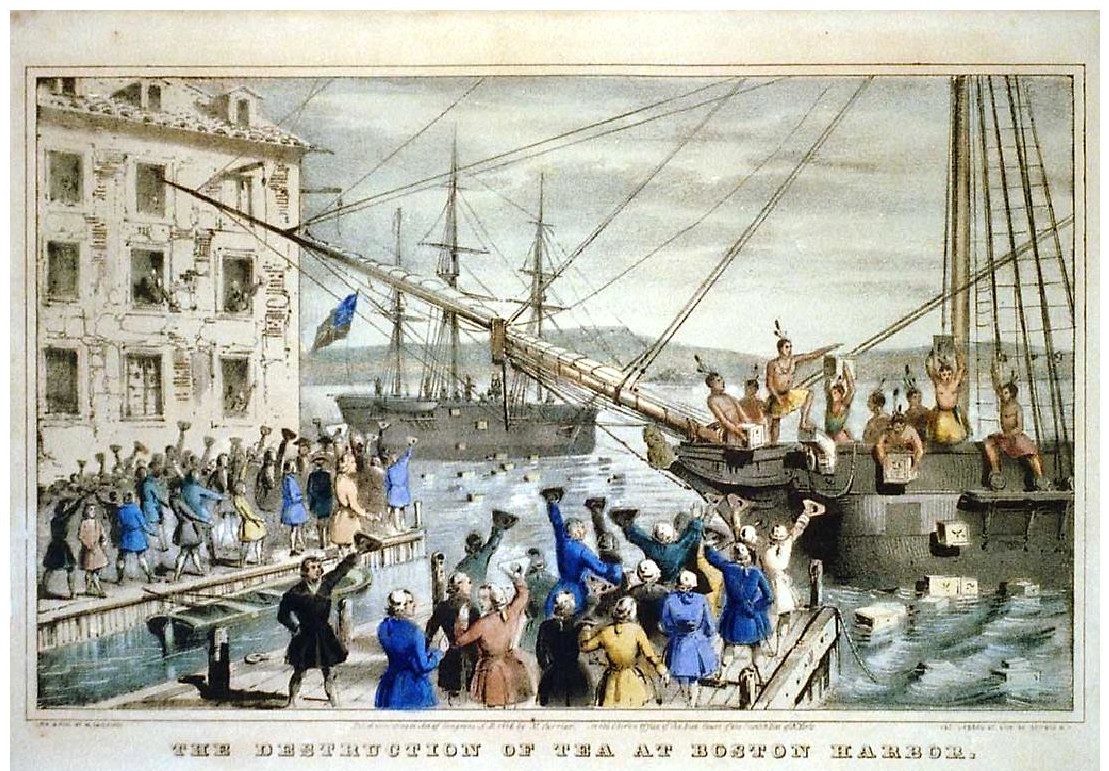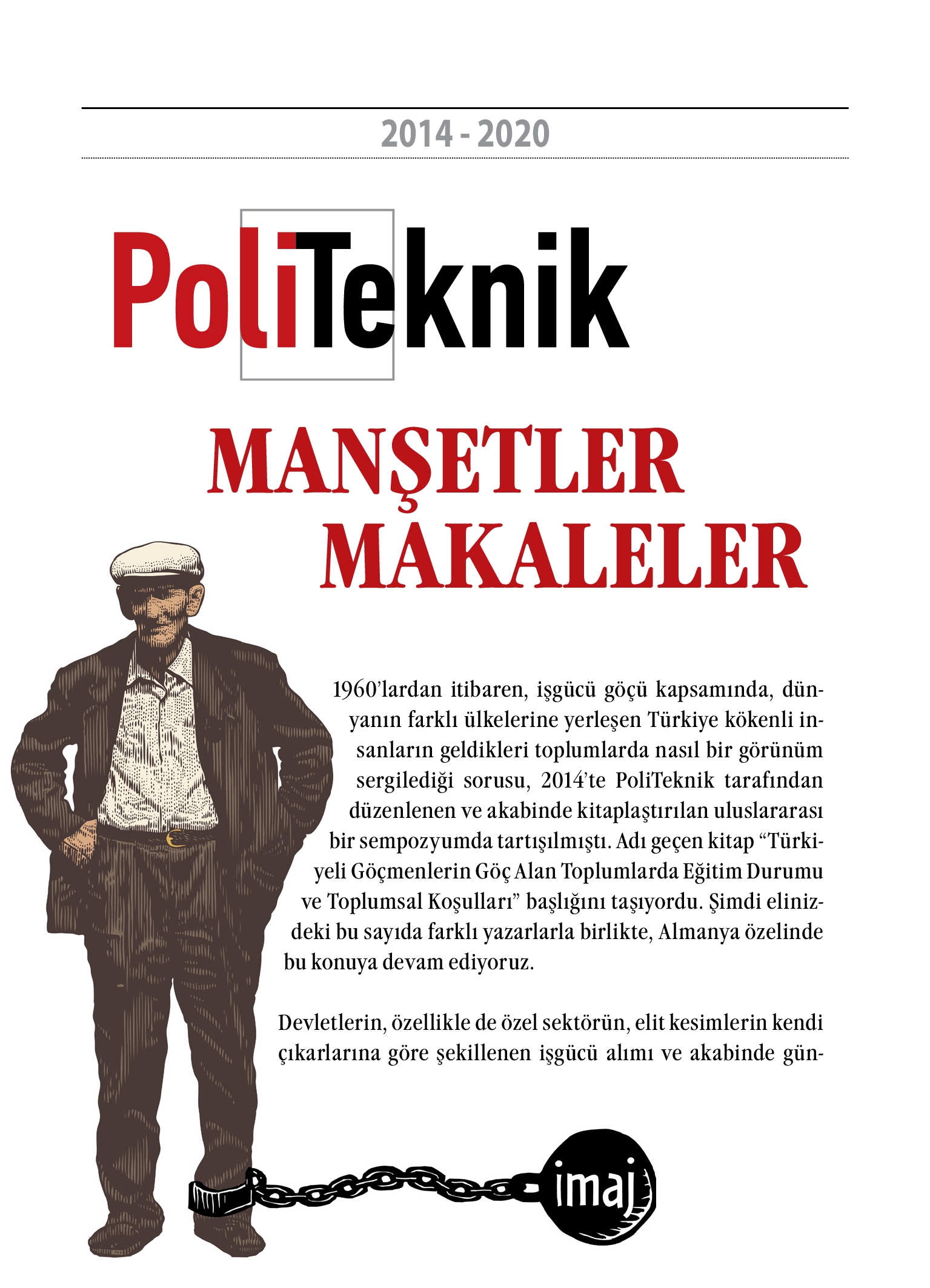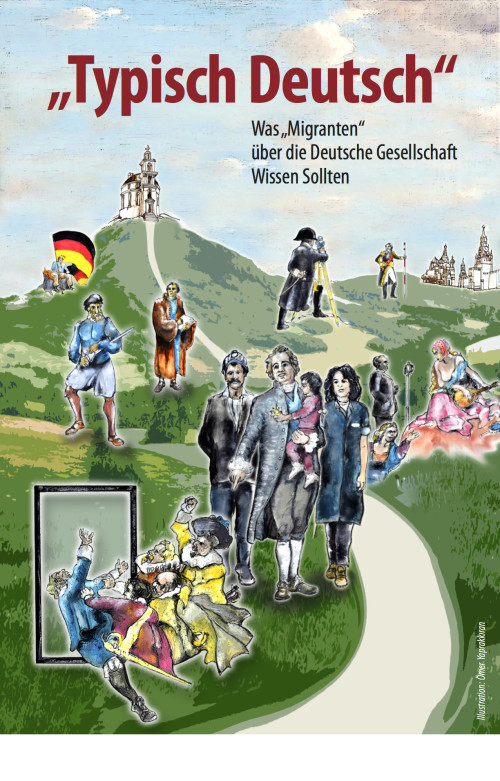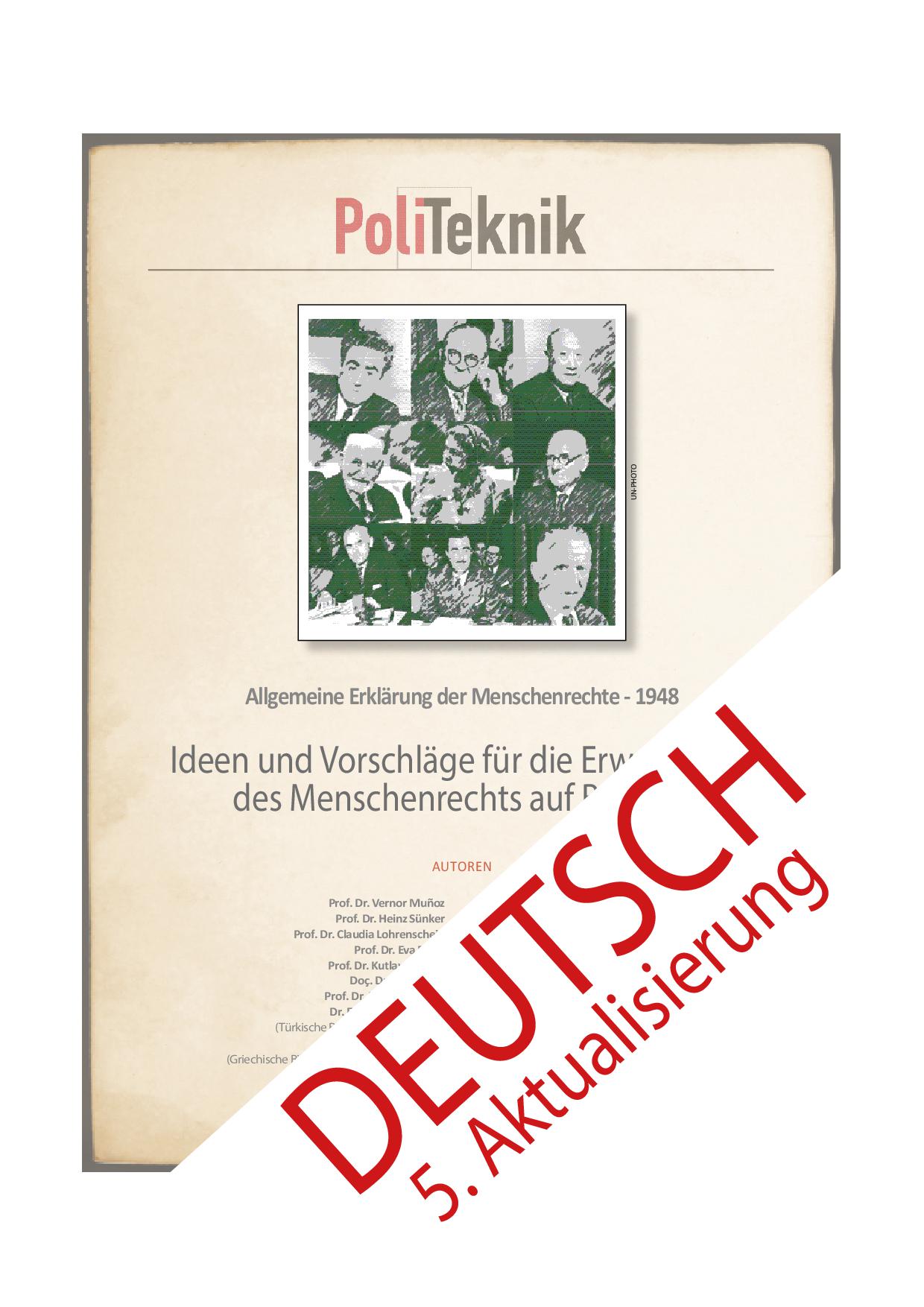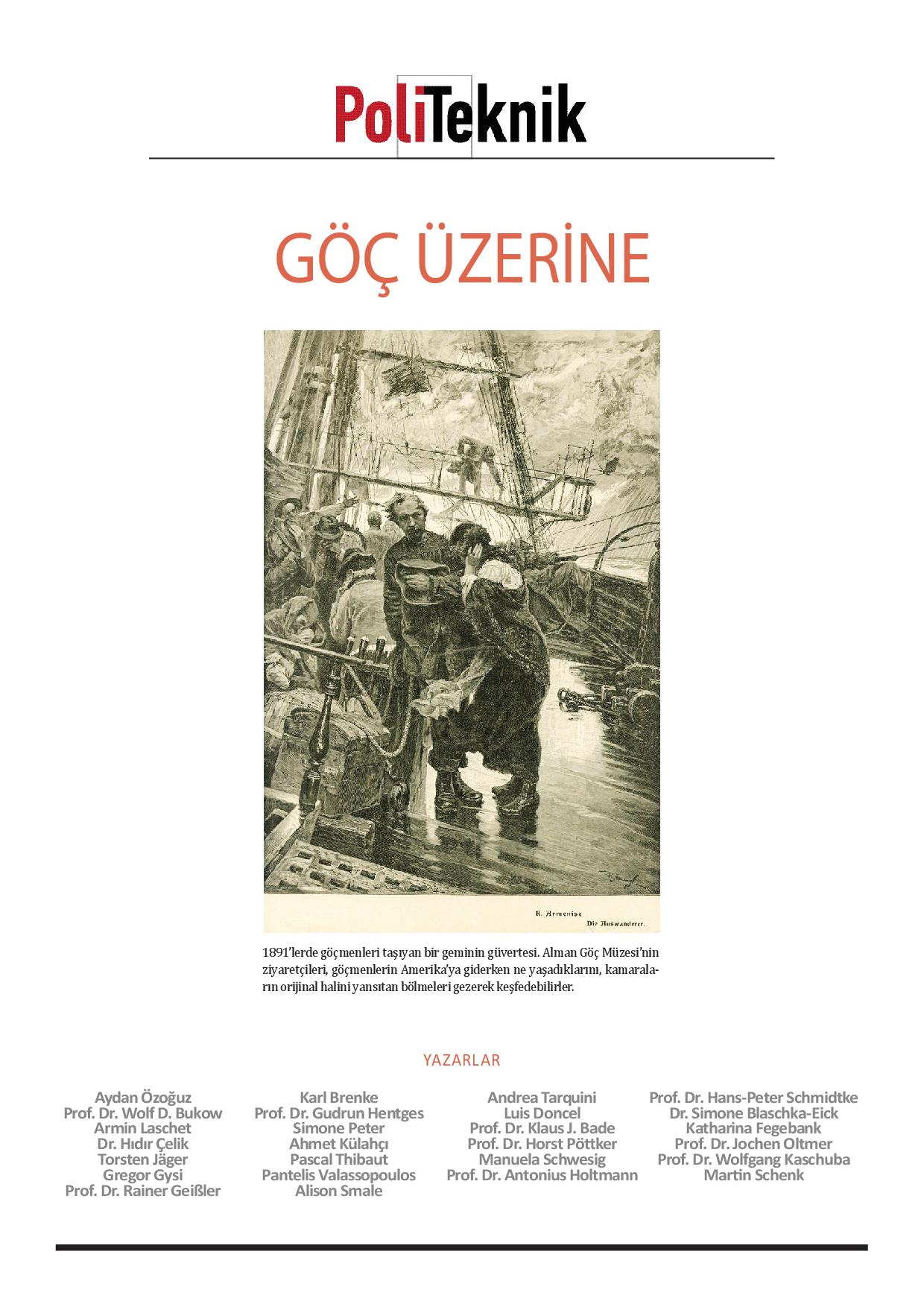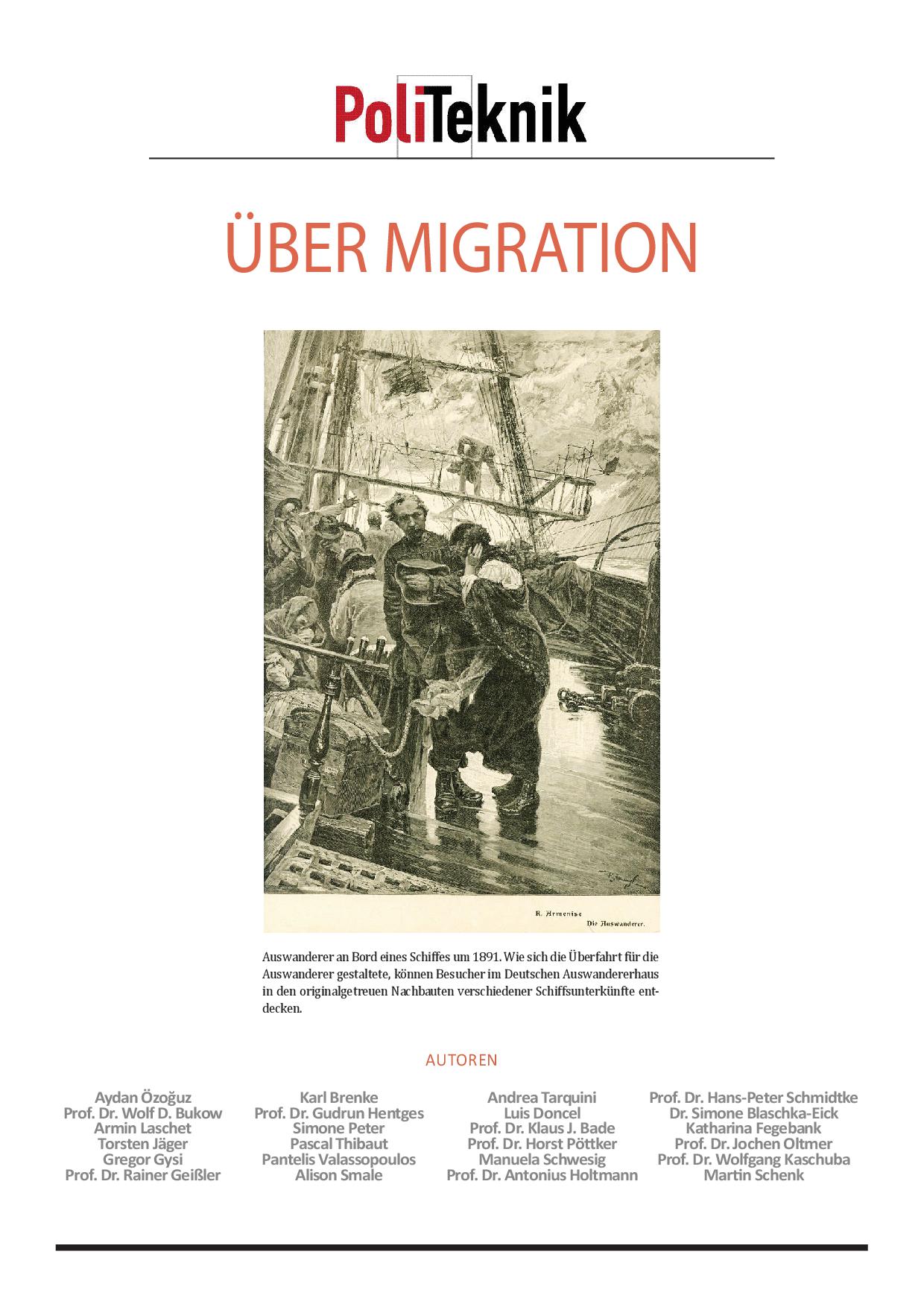Back in the middle of the 18th century, Britain had colonies in India, the Caribbean and the American continent which was referred to as the New World. Besides the French controlled Canada, aka the New France back then, the British colonies in North America included 13 different colonies which were set up on the Atlantic coast of the continent. They were regarded as a part of the British Empire and hence, the people from the colonies were the loyal subjects of the British Crown. These 13 colonies were established starting from New Hampshire in the north and ending in the south just before the Spanish controlled Florida with Georgia. They can also be geographically classified as 3 different entities such as the New England colonies, the Middle colonies and the Southern colonies. Their borders ended before the Appalachian Mountains. Beyond that, lied the native American territory that was also claimed by the British Crown but nevertheless, was not inhabited by the colonial subjects.
A serious threat endangered the crown’s existence in the North American continent behind these mountains: a threat called the French. Ever since the founding of Quebec, the French worked extensively to build connections, foster relationships with the First Nations and the native Americans since their population was scarce and relied on fur trade for survival. The fur trade and the treaties with the locals helped France to come down from Canada as far as New Orleans. Consequently, the French had started to take control of the inland America. This successful attempt by the old nemesis made the British Empire quite anxious and resulted in the lack of interest for the 13 colonies on the Atlantic coast.
Robert J. Allison argues that these 13 colonies did not share any similarities concerning demographics, economic systems, social establishments and structures. The communication between these colonies was insufficient and the only common entity they shared was that they were all bound to the crown (Allison 3). Thus, London was the common communicator between them. Furthermore, these colonies did not get along well due to their territorial disputes. However, these setbacks and lack of communication did not hinder the advancement of the colonies (ibid.).
Although there was a lack of interest, The British Empire had to do something against the French threat thus, the empire arranged a meeting between the Iroquois chiefs, a strong native American tribe, and the thirteen colonies in Albany, New York in the summer of 1754. The goal was to unite them against the French. The conference was not considered very successful due to the old animosities between the colonies. One of the verdicts of the conference was that to form a grand-council whose members were the chosen delegates of the colonies. This council was to gather annually in the capitals of each colony. In a way, Albany conference can be regarded as the first crude resemblance of the House of Representatives in today’s United States. The French and Indian War lasted 9 years until 1763, and it resulted in Britain taking control of the America in the east of the Mississippi River (ibid. 5).
After the war, the British Parliament took some steps to have better control over the trade between these colonies. The Sugar Act of April 1764 was met with disapproval and negative sentiment towards the crown. The act was to tax molasses which was imported to the 13 colonies. They did not stop there, they also banned the colonies from printing their own money to better regulate and, when needed, to stop the trade between them. The Parliament of Great Britain did not stop there. In 1765, it introduced the Stamp Act. This law required that all documents in the colonies such as: playing cards, newspapers, magazines, pamphlets, college diplomas, bills, wills and marriage licenses supposed to be written on a stamped paper which produced in London. The Great Britain needed money after the French Indian War to hold the empire in one piece. Nevertheless, these extra financial burdens over the colonies, provoked negative emotions.
There was great dissatisfaction against the Stamp Act from the colonies and. A group of people who opposed the act took the name of Sons of Liberty. Sons of Liberty was a fast-growing movement throughout the colonies. They felt that the colonies should not be held accountable for the decisions which they did not participate in the making. Thus, their motto became “No taxation without representation”. Sons of Liberty founded several colonial publishing houses and added a well-known figure to their ranks concerning the American Revolution. One of the most famous members was also one of the four founding fathers of the United States, Samuel Adams.
The negative sentiment on the Stamp Act was growing. “Stamp officers felt the anger ‘not of a trifling Mob, but of a whole country’” (ibid. 8). The common anti-British sentiment helped colonies to unite against their unjust rulers on the other side of the Atlantic. While trying to keep the Empire in one piece, the British Parliament expedited the break-up of the American colonies without meaning to do it. In the end, Britain had to revoke the Stamp Act which was regarded as a victory by the colonies. However, the colonies were still considering themselves as the subjects of the British crown and felt their success showed the British crown that they were being unfair and unjust (ibid. 10).
Things were calmer for two years until the British Parliament decided to issue a series of laws named the Townshend Acts. These acts imposed taxes on the materials imported to the colonies such as: paint, metal and glass, and finally one day they added the crucial item into the mix, tea, to their tax list. People in the colonies did not take the news well. The policies of the British crown reminded to the Americans once more that there was a great divide between the Englishmen and the subjects of the crown from the North American colonies.
The British officials who were stationed in the colonies made the situation even worse. The parliament-appointed governor of Boston, Francis Bernard was afraid of the protests turning bloody (ibid. 11), called for British troops to defuse the tension. As in the case of various similar situations, a military intervention against an angry crowd did not go well. Benjamin Franklin, a Bostoner and one of the most influential founding fathers of the United States, foresaw the danger of putting the uniformed Royal British soldiers against the local public (ibid.).
In 1770, 5th of March, there was a street fight between the locals and the soldiers. It ended with the death of five civilians. Some of the patriots such as Paul Revere and John Adams were quick to jump on the news and made sure that the rest of the colonies were well aware of the massacre which took place on the streets of Boston. This event was later named the Boston Massacre. Paul Revere made an engraving to tell what he saw happened on the streets of Boston that day.
The colonials were not happy particularly with the Tea act. It passed in the British parliament in 1773 as a part of the Townshend acts. On the night of December 16, 1773, the tea inside the ships which anchored in the Boston port was worth around 1.7 millions of dollars in today’s value. Some Bostonians who shared the anti-British sentiment disguised themselves as Native Americans boarded the ships and dumped hundreds of crates containing forty-one thousand kilograms of tea into the sea. The act would later be named as Boston Tea Party and it had significant consequences for the colonies. Tea traders did not want to import tea to the colonies anymore and the ship owners did not want to be seen carrying tea. John Adams wrote in his diary regarding the event as: “This is the most magnificent Movement of all” The event created a feeling of unity and the significance of taking action against the oppressors, which was the British Empire, in the colonies.

